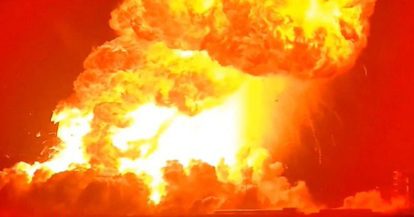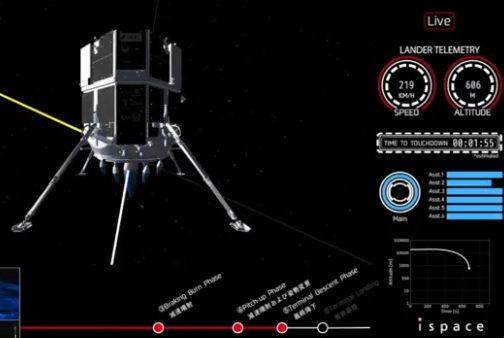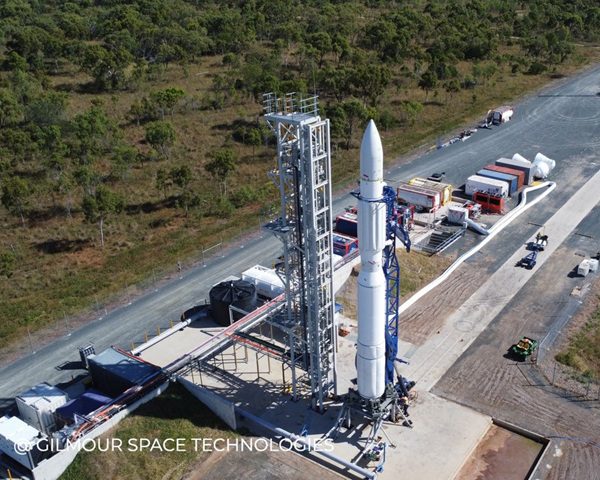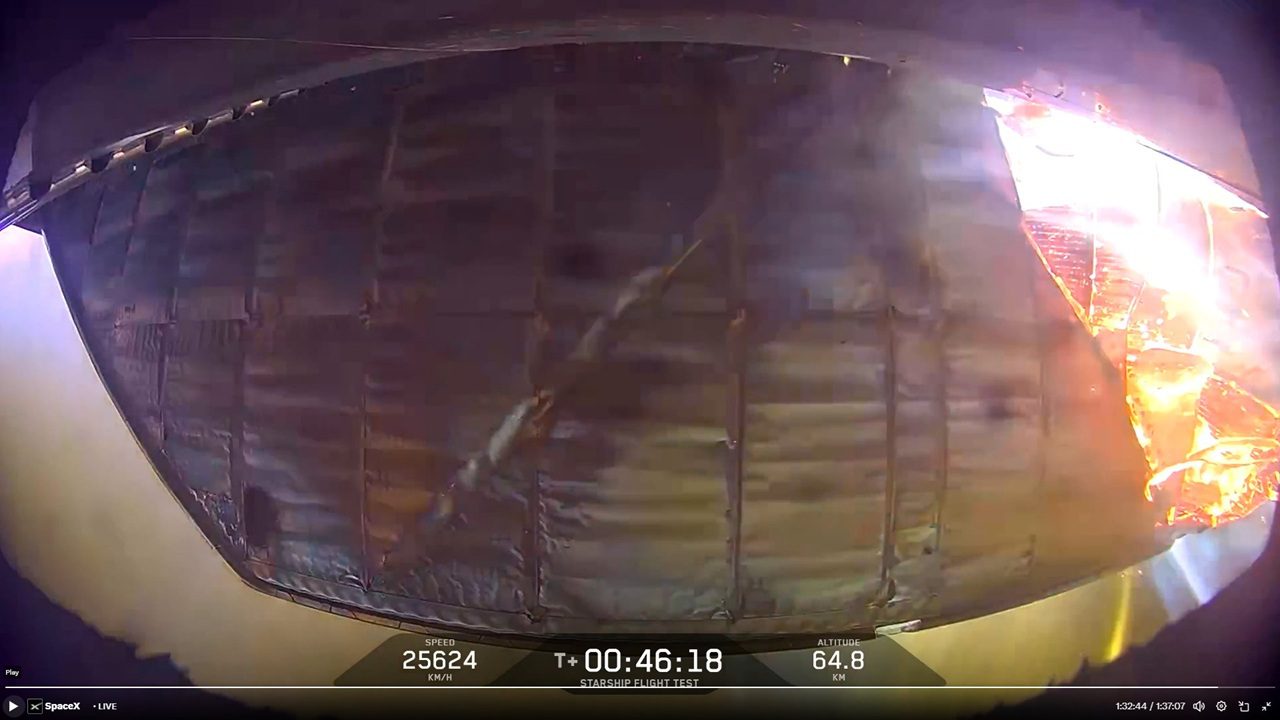The SpaceX team had another Falcon 9 launch success using a pre-used first stage on a launch vehicle. The launch which occurred at 1536 GMT on 15 December 2017 marked a return to the SLC-40 launch pad in Cape Canaveral after the pad was damaged during a prelaunch Falcon 9 explosion (SpaceX has since been using its other pad at the nearby Kennedy Space Center). The flight’s main mission objective was to launch the Dragon CRS-13 unmanned cargo freighter to the International Space Station.
This mission was completed when the Dragon supply craft then went on to rendezvous with the ISS on 17 December 2017. The ISS robot arm grappled the freighter at 1057 GMT and later berthed the craft on a docking port.
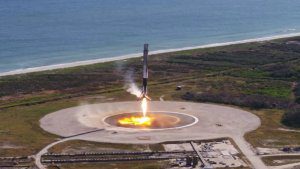
Falcon 9 reused reusable first stage lands in December 2017. Courtesy: NASATV
The secondary objective of the flight was to re-land a previously used Falcon 9 first stage. The Core 1035 had been previous used for the Dragon CRS-10 launch in June. After a series of retrograde and landing burns back towards Cape Canaveral, the stage successfully landed at the Landing Zone 1 (LZ-1) pad at Cape Canaveral about eight minutes after launch. The flight was the first authorised by NASA to use a “flight proven” first stage to launch a mission on its behalf.
According to NASASpaceflight.com, The Dragon spacecraft had itself been used on a previous mission. The “C108” Dragon spacecraft used had been used for the Dragon CRS-6 mission in April 2015.


